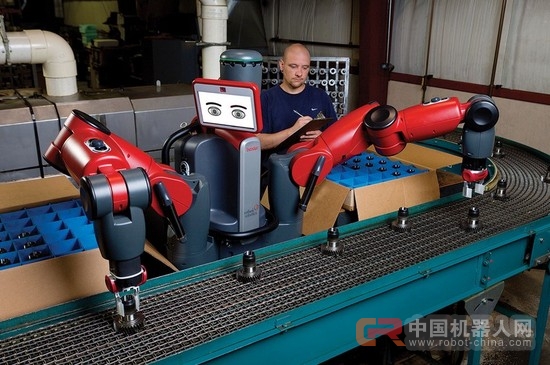
The report announced ten major predictions for the global robotics industry from 2017 to 2020. If they come true, they will have a major impact on business and society. Dr. Zhang Jingbing said: “The development of artificial intelligence, computer vision, navigation, MEMS sensors and semiconductor technology will promote the innovation of the industrial and service robots in terms of function, performance, autonomy, ease of use and cost effectiveness.†Dr. Zhangjing Zhang It is revealed that robotics technology will continue to accelerate innovation and thus change the business operation mode of many industries. IDC encourages companies to “accept and evaluate how this type of robotics technology can improve their competitive advantage, such as improving quality, improving operational efficiency and agility, and improving the experience of all stakeholders.†Dr. Zhang Jingbing expounded the development trend of robotics technology in his report. The top ten forecasts that these trends will bring many new opportunities and challenges for IT companies: Robotic as a service: By 2019, 30% of commercial service robotics applications will adopt the "Robot-as-a-Service (RaaS)" business model. Helps to reduce the cost of deploying robots. Chief Robotics Officer. By 2019, 30% of leading organizations will implement positions of chief robotics technocrats and/or set up professional robotics functions within the company.Evolving competitive landscape. By 2020, the user companies will have more suppliers to choose because the new market participants have entered the ICT market, which has brought in 80 billion U.S. dollars to support robot deployment.Robot talent crisis.The growth of robotics technology will accelerate the battle for talent. , resulting in 35% of job vacancies related to robotics At the same time, the average wage has increased by at least 60%. Robot technology faces regulation. By 2019, government agencies will begin implementing robot-related regulations to protect employment and counter security and privacy threats.. Software-defined robots by 2020. 60% of robots will rely on cloud-based software to define new skills, cognitive abilities and applications to form a "cloud market" for robotics. More collaborative robots. By 2018, all new robots will have 30% Collaborative robots are three times faster than current robots and can work safely around humans.Intelligent robot network. By 2020, 40% of commercial robots will be connected to a shared intelligent network, increasing the overall robot operation efficiency by 200%. Robot applications break through the factory range, and 35% of leading organizations in the fields of logistics, medical care, utilities, and resources will explore the use of robots to automate operations by 2019. Robot E-Commerce By 2018, 200 Global Leaders Worldwide E-commerce and Omnichannel 45% of the company will deploy robot systems in its order fulfillment, warehousing and delivery operations. In fact, we have now seen the dawn of robotics, how the traditional industry based on its own characteristics, combined with robotics technology to achieve Nirvana rebirth, This is the problem that many industries need to seriously think about, and it has to do with the survival of the company.
Heavy Duty Connector, also known as HDC, is widely used in construction machinery, textile machinery, packaging and printing machinery, tobacco machinery, robots, rail transit, heat runner, electric power, automation and other equipment requiring electrical and signal connection. The international advanced features of Heavy Duty Connectors in structural design and material usage make the connectors outstanding in electrical performance.The reliability of the electrical connection system can not be achieved by the traditional connection method.
Cold crimp contact is the main contact of heavy duty connector, used for connect wire and pin to realize the electrical connection; cold crimp contact surface is gold plated and silver plated option for anti corrosive purpose.
Cold Crimp Contact,Crimp Contact Pin,Crimp Connector Housing,Heavy Duty Connector Crimp
Suzhou WeBest Electronics Technology Co.Ltd , https://www.webestet.com
